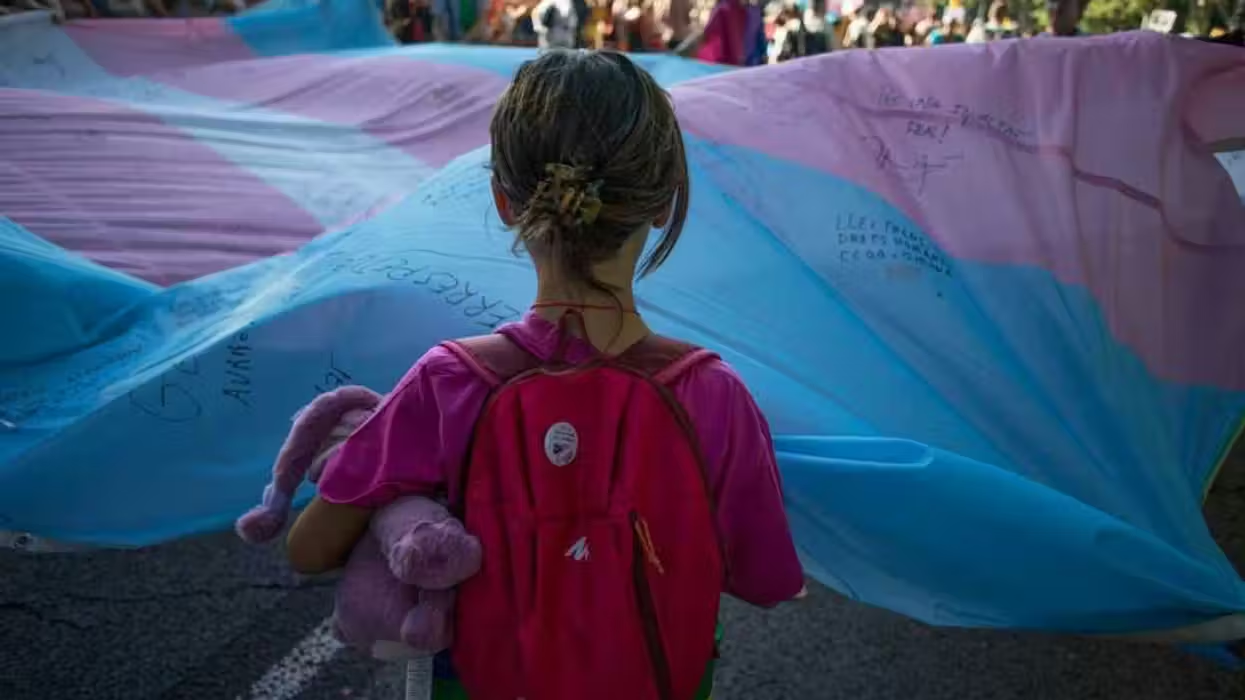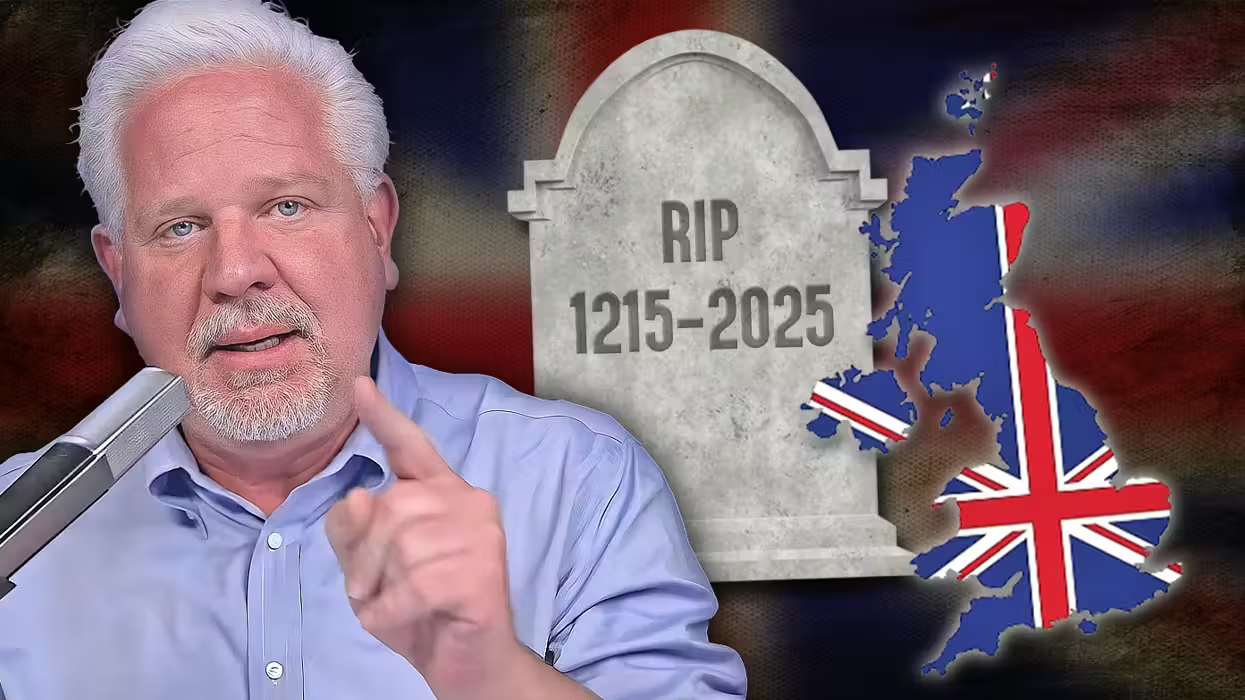
© 2025 Blaze Media LLC. All rights reserved.
“The obvious conclusion is that mixed [gender] crews are safer."
Women and men have argued for years over which sex are better drivers. Now, an Army study might add fuel to that fire as the stats indicate women may be better helicopter pilots.
Ten out of every 100 Army helicopter pilots are women — but they account for only 3 out of every 100 accidents, reported Time magazine.
 Army 1st Lt. Elizabeth Eaton conducts service checks on a UH-60 Black Hawk helicopter March 23 at Jalalabad Airfield as part of a pre-flight inspection. Data from a recent Army report suggests mixed-gender crews will be safer in the air (U.S. Army).
Army 1st Lt. Elizabeth Eaton conducts service checks on a UH-60 Black Hawk helicopter March 23 at Jalalabad Airfield as part of a pre-flight inspection. Data from a recent Army report suggests mixed-gender crews will be safer in the air (U.S. Army).
The Army report - compiled by a student at the School of Advanced Military Studies at the Army’s Command and General Staff College at Fort Leavenworth, Kan. - compares accident rates of men and women flying Army helicopters from 2002 to 2013, in an effort to study the impact of women on the front lines.
While Army Major Seneca Peña-Collazo's report doesn’t hypothesize what might account for the different crash histories -- the samples could be too small to make valid comparisons, or the female pilots may be less aggressive in the air, perhaps because they have less flying time -- but the Army's former top psychiatrist thinks it may be because there is "less cowboying," according to Time.
 Chief Warrant 4 Anne Wiley (left), and Capt. Carmel Cammack, both OH-58D Kiowa pilots, conduct pre-flight inspections on their aircraft at Kandahar Air Field, Afghanistan. (U.S. Army).
Chief Warrant 4 Anne Wiley (left), and Capt. Carmel Cammack, both OH-58D Kiowa pilots, conduct pre-flight inspections on their aircraft at Kandahar Air Field, Afghanistan. (U.S. Army).
“The obvious conclusion is that mixed [gender] crews are safer,” Retired Army colonel Elspeth Ritchie said. “Why is the question. Less ‘cowboying’? More safety checks? More thoughtful behavior in the air? Or is this apparent pattern random variation?”
But could the women pilots just have easier missions? Ritchie doesn’t believe AH-64 crews with one or two females at the controls are being cut any slack that could lead to fewer accidents. “Pilots do not choose which missions to fly,” she says. “Their bosses choose the missions."
The key question is why flight crews with at least one woman on board have fewer crashes.
Peña-Collazo published his report, "Women in Combat Arms: A Study of the Global War on Terror," in May 2013, which also references to Olympic athletes and the Russian Red Army. The report is a Masters Degree thesis and student papers completed as part of the SAMS program "do not necessarily represent the views of the U.S. Army Command and General Staff College or any other governmental agency," though the findings can influence future policy decisions.
Pena-Collazo's intent was to argue that "women in combat do not degrade the lethality and effectiveness of direct combat units."
"Throughout history there are successful examples of women performing in direct combat within combat arms jobs, during both major combat and stability type operations, despite social, cultural, and political barriers to participation. From women in the Russian Red Army, to the women guerrilla squads in Sarajevo, to the exploits of U.S. military police soldiers, there are many examples of women effectively performing the duties of infantry units. Women within the Red Army resiliently and successful executed their jobs within combat arms positions, in one of the bloodiest theaters in recorded history."
Regardless of why it's happening, safer flights mean more missions accomplished. And that's an accomplishment any military pilot should support, male or female.
Follow Elizabeth Kreft (@elizabethakreft) on Twitter.
Want to leave a tip?
We answer to you. Help keep our content free of advertisers and big tech censorship by leaving a tip today.
Want to join the conversation?
Already a subscriber?
more stories
Sign up for the Blaze newsletter
By signing up, you agree to our Privacy Policy and Terms of Use, and agree to receive content that may sometimes include advertisements. You may opt out at any time.
Related Content
© 2025 Blaze Media LLC. All rights reserved.
Get the stories that matter most delivered directly to your inbox.
By signing up, you agree to our Privacy Policy and Terms of Use, and agree to receive content that may sometimes include advertisements. You may opt out at any time.






